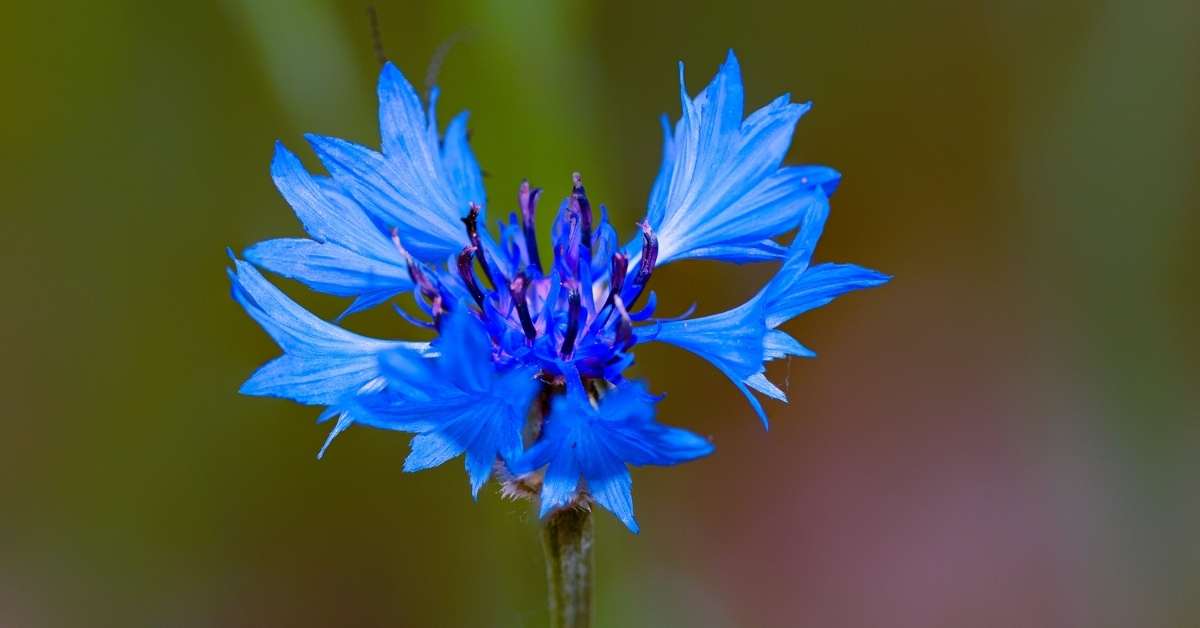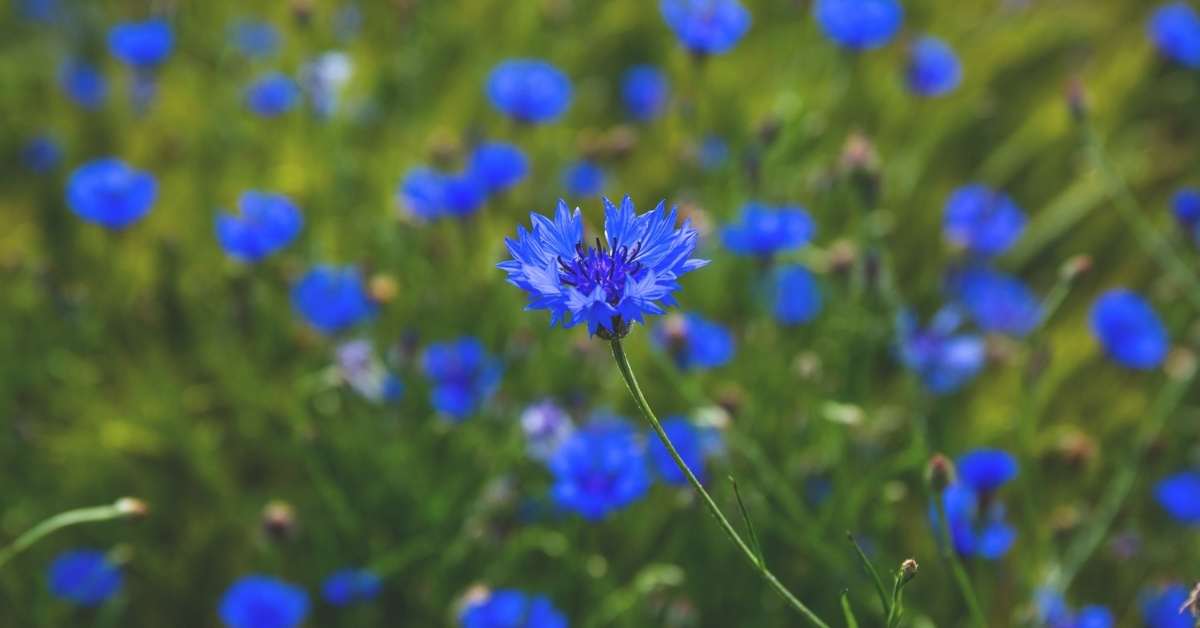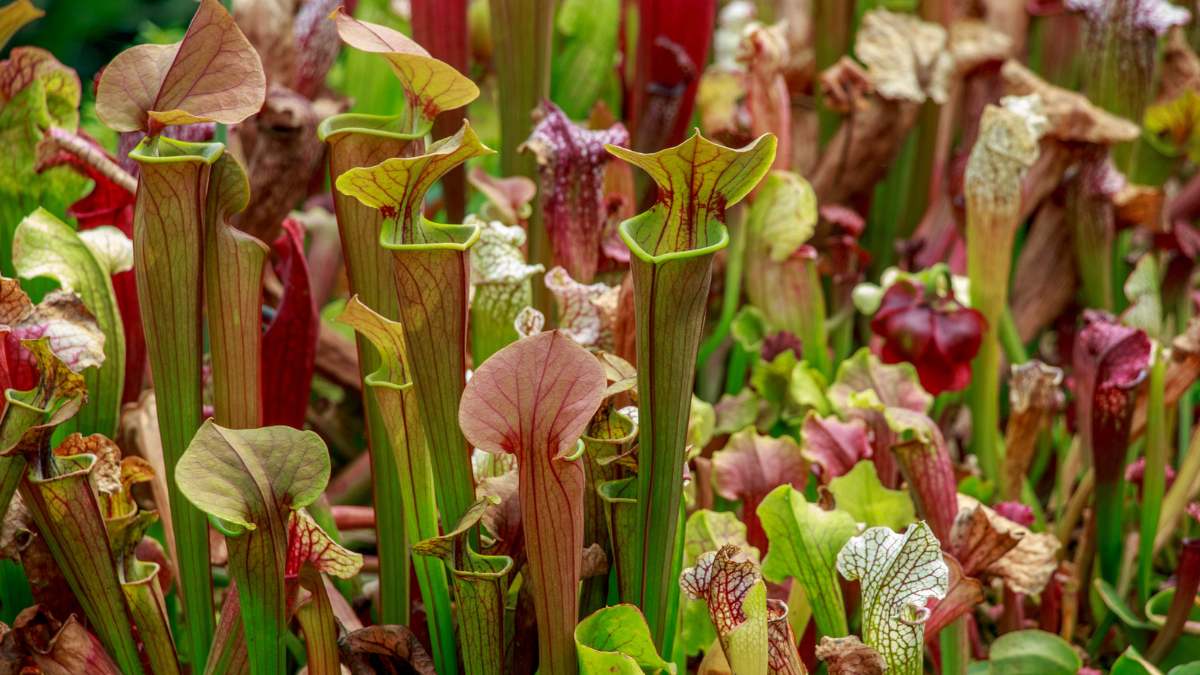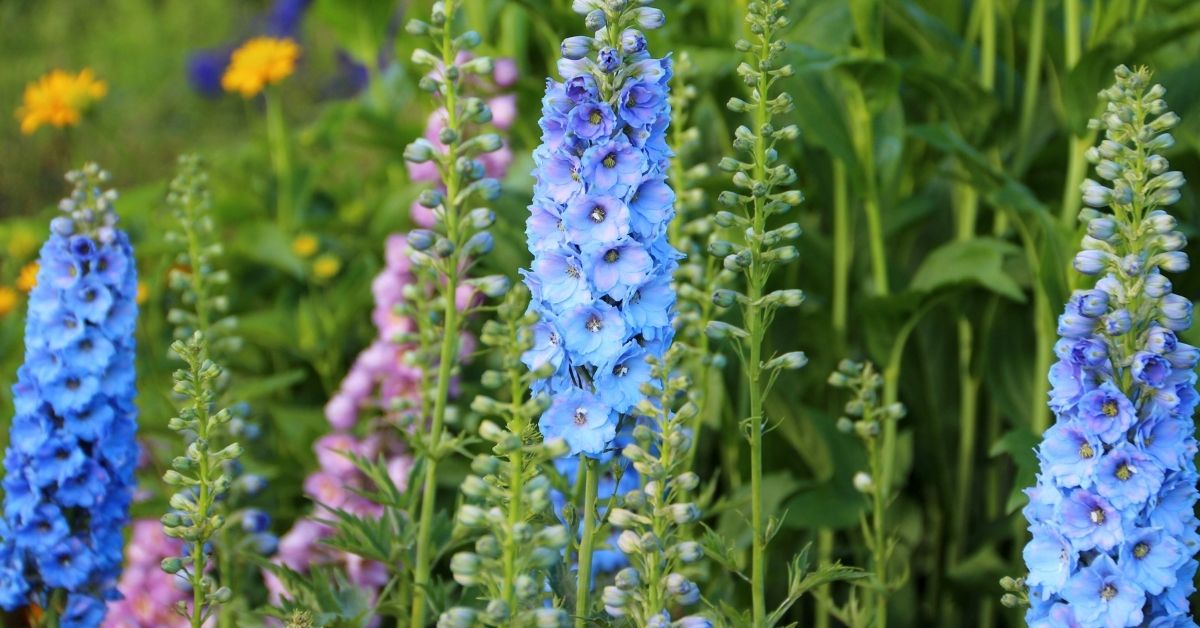Mountain bluet is just one name used for Bachelor Buttons and the Centaure family of plants. Here’s how to grow Bachelor Buttons/Mountain Bluet.
Propagation
Centaurea is a plant of the composite family (Asteraceae) or a member of the daisy family. With over 470 members of Centaurea to choose from, there is one for almost every sunny spot in the garden.
Easy to start from seed, these plants deserve a chance in your garden this year.
Also read this: Purple Coneflower: Growing Conditions and Use
How to start planting Mountain Bluet?
Start the annual mountain bluet plants by direct sowing in the garden; they grow best in this way as they get too tall too fast in the greenhouse. They are also cheaper to purchase in a pack of seeds rather than a starter pack.

Mountain bluet perennial cornflower
The perennial mountain bluets will bloom from seed in their first year if started in January but will bloom the second year if started in the garden.
Cover the seed very thinly with soil, so you just lose sight of the seed – do not bury it deeply, or germination will not happen.
Keep them moist, and you can expect seedlings within a month of the ground turning warm.
You might want to see this: Homeowner Lawn Care | Watering During Summer
Can I transplant Centaurea?
Yes. Sow thinly, but if you get them too thick – only 12 to 18 inches apart – you can transplant extra plants to other spots in the garden. Try to do this when the seedling has four to six true leaves and take as much soil with the young roots as possible.
Water the transplants thoroughly and regularly every day for two days until they start developing new leaves.
With annual mountain bluet varieties, once the ground warms up, you might want to sow every two weeks (three sowings is good) to ensure a steady supply of flowers from mid-summer to frost.
Best Annual Variety
The best of the annual species in our gardens is C. cyanus or cornflower. Easy to grow from seed, this flower makes an excellent cut or dried flower. It is easily found in seed catalogs and racks.
Are bachelor buttons perennials? Perennial Plant Descriptions
Mountain Bluet, Perennial Bachelor Buttons, and even Perennial Cornflower are some of the popular names for Centaurea montana, the most well-known perennial species.
Cornflower gets its name from the fact that it grows well in the vicinity of planted cornfields. Bachelor Buttons are a reference to the starburst medals worn by soldiers or the custom of bachelors wearing the blooms (which survive a long time as a cut flower) in buttonholes (who were sometimes bachelors too).
You might want to read this: Lavatera Flowers: How To Grow From Seed
Although the plant is a lovely shade of blue, I have no clue where mountain bluet originates from.
C. macrocephala (Giant knapweed) is a taller (36 inch) yellow flowering species that is another excellent garden performer and is often found in nurseries. I have several of these in my front gardens, and they can be depended on to produce a good background flower and seed head display year after year.
The blue flowering C. Montana is, in fact, a weed in my garden. I neglected it for a few years, and now, it pops up with a vengeance all over the garden.
The birds love the seeds and what they don’t get seems to germinate easily. I must admit that the large spread of blue flowers is quite spectacular when it blooms in early summer. You can call them mountain bluet or anything you like at this time – they make a wonderful display.

Problems
I have never found any pest that seriously bothers this plant, although the odd hole will appear here and there in the leaves. Aphids have been known to congregate on the growing tips, but these are easily blasted off with a water hose, insecticidal soap, or a brush of the gardener‘s hands.
Sometimes if the plants are really crowded, the annual forms will get some powdery mildew or fungus such as botrytis.
Good sanitation and a firm hand of thinning out seedlings will usually control these problems before they become a plague. There are reports of rust attacks on this plant, and if this is the case, a spray of sulfur is the recommended control, along with removing all plant debris in the fall.
You might want to read this: 19 Plants that tolerate waterlogging
Plant Legends and Name
While it has nothing to do with the name Mountain Bluet, as a kid, I always thought that centaurs were interesting creatures. Half horse and half man, these offspring of King Ixion were a warlike, passionate bunch constantly fighting and warring with themselves and the humans that lived nearby.
These were lusty creatures, stealing wives and whacking each other with tree branches – just the kind of activity to fire imaginations and kindle legends.
However, rather than his warlike cousins, the peaceful Chiron is the best known of the centaurs. Chiron was the son of the god Cronus (who liked to wander around disguised as a horse) and the sea nymph Philyra (who evidently had a thing about horses) and lived near Mount Pelion in Thessaly.
He is known as a wise teacher and healer and is regularly referred to in older herbals as the source of various plant introductions. Chiron, the son of a god, was naturally immortal. Still, when accidentally hit by a poisoned arrow from the bow of Heracles, he renounced his immortality rather than live forever in pain caused by the poison.
As a reward for his service and compassion and for giving up his life, the gods turned him into the constellation Sagittarius.
Now, that’s the long way around explaining that the plant Centaurea is also named after Chiron the centaur, and we also know it as Mountain Bluet. As you’ll see, there are annual as well as perennial mountain bluet plants to choose from.

